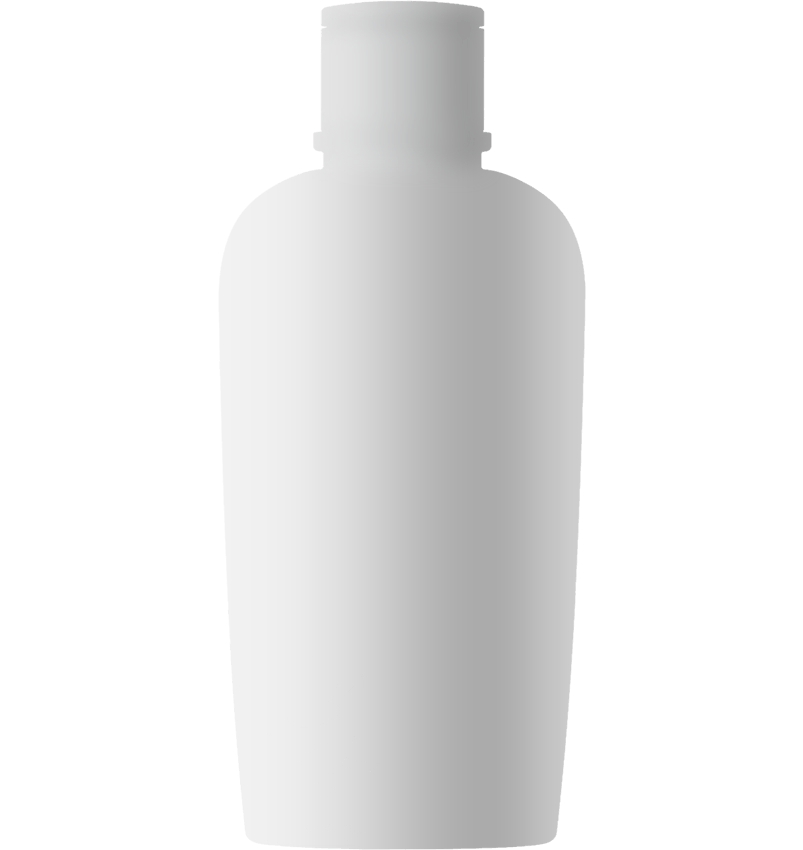Understanding Male Rhinoplasty: A Blend of Precision and Masculine Aesthetics
Male rhinoplasty combines artistry and surgical expertise to create a balanced and natural outcome, enhancing overall facial appearance while addressing functional issues. This procedure prioritizes preserving masculine features, avoiding over-feminization, and delivering results that align with the patient’s unique goals.
As a leading cosmetic and functional procedure for men, male rhinoplasty is growing in popularity due to its ability to enhance self-confidence and improve quality of life. With advancements in techniques and personalized care, it offers transformative benefits for male patients worldwide.
Comprehensive Surgical Procedure: Male Rhinoplasty Detailed Breakdown
Surgical Methodology:
Male rhinoplasty is performed under general anesthesia, allowing for precise adjustments to nasal contours and internal structures. The surgical approach is meticulously planned to respect and preserve masculine features while addressing functional and aesthetic concerns.






